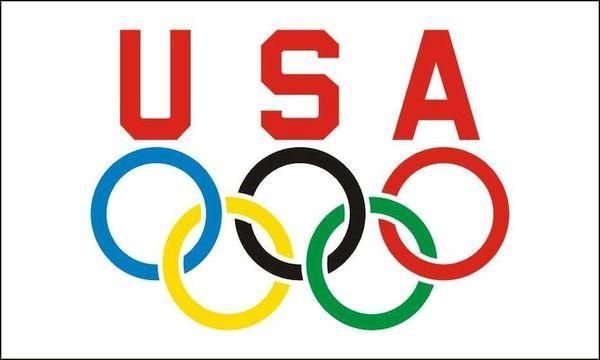What is the Role of The Vice President
What is the Role of The Vice President?
The Constitution names the vice president of the United States as the president of the Senate. In addition to serving as presiding officer, the vice president has the sole power to break a tie vote in the Senate and formally presides over the receiving and counting of electoral ballots cast in presidential elections.
Today vice presidents serve as principal advisors to the president, but from 1789 until the 1950s their primary duty was to preside over the Senate. Since the 1830s, vice presidents have occupied offices near the Senate Chamber. Over the course of the nation’s history, the vice president’s influence evolved as vice presidents and senators experimented with, and at times vigorously debated, the role to be played by this constitutional officer.
Who makes Policy / Laws?
"All legislative power in the government is vested in Congress, meaning that it is the only part of the government that can make new laws or change existing laws."
Congress, as one of the three coequal branches of government, is ascribed significant powers by the Constitution. All legislative power in the government is vested in Congress, meaning that it is the only part of the government that can make new laws or change existing laws. Executive Branch agencies issue regulations with the full force of law, but these are only under the authority of laws enacted by Congress. The President may veto bills Congress passes, but Congress may also override a veto by a two-thirds vote in both the Senate and the House of Representatives.




